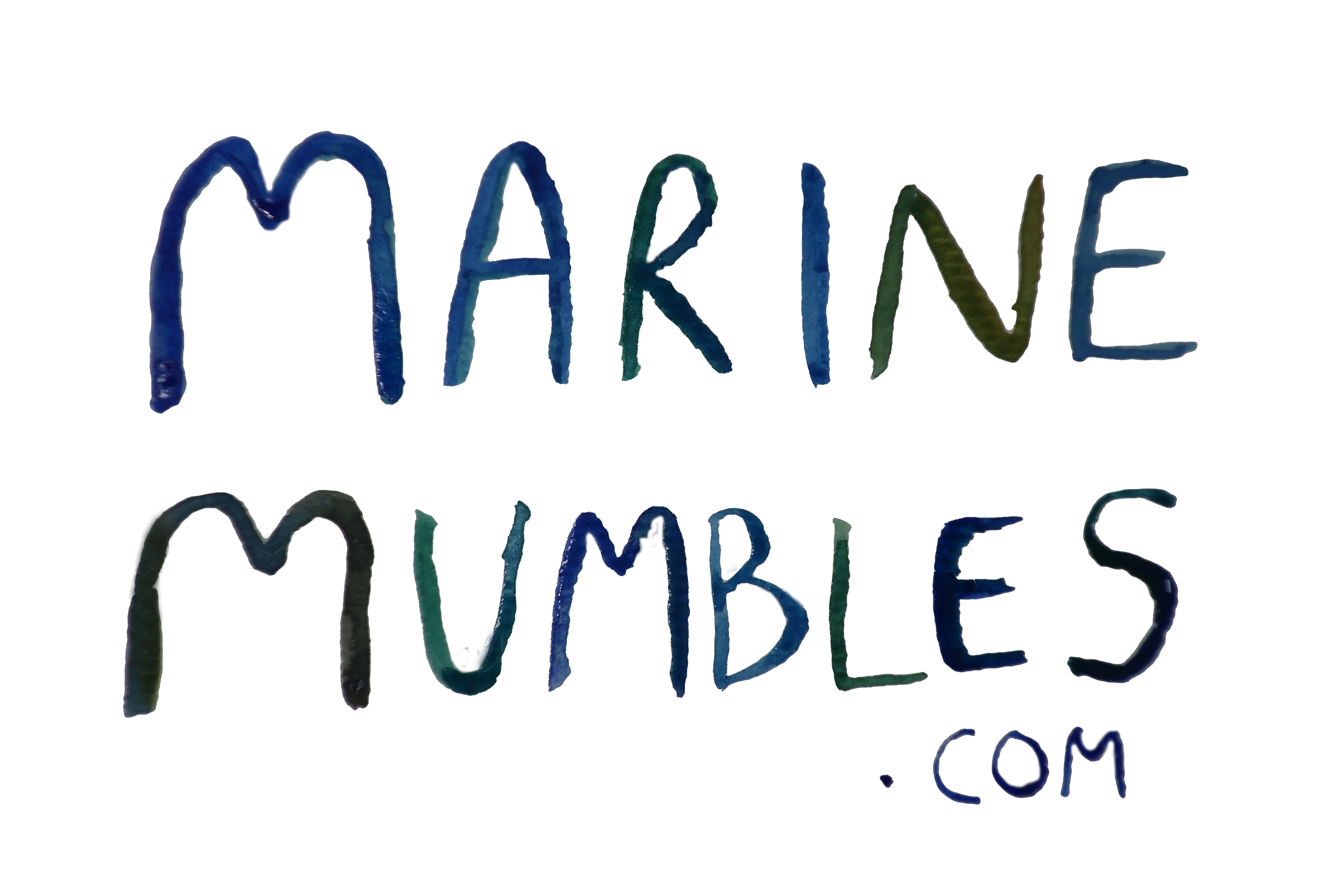In January I had the amazing opportunity to go on an amazing 2 week trip to La Parguera Bay in Puerto Rico. It was honestly the best two weeks of my life, we were unbelievably lucky to see and study such beautiful and amazing species.
This page will briefly explain about what we saw and you can follow the links for more information of species as I post about them. Enjoy!
_________________________________________________________________________
Species:
West Indian Manatee – Trichechus manatus
Upside Down Jellyfish – Cassiopea xamachana
_________________________________________________________________________
About the trip:
We stayed in a small island within the La Parguera Bay with great research facilities run through a university. This island was covered in iguanas which you had to be careful to not step, this made the whole trip extra special because they were just there were just SO MANY and they were always grumpy. Plus everyone had to watch their toes or they’d get nibbled!
The above picture was the view off the dock we got to view every morning. We would go down to try spot a manatee but sadly we were not lucky enough to spot one (read more about them here). But, it was here I saw my first turtle which I have burned into my mind and I will never ever forget.
Every day we did at least one boat trip to get to our different study sites. It great to be able to nip round the bay seeing all the island and the drivers were lovely. Even if we did argue over how to pronounce the word bouy!
Mangroves:
Mangroves were surprisingly my favourite ecosystem that we studied. They are calm, beautiful and full of wonderful species. This included barracuda which scare you half to death lurking through the roots.
The epibionts that lived on the roots were so colourful and beautiful. What I loved most was they the same principals of UK ecology could be applied to these species, they just look a hell of a lot fancier.
We also studied the terrestrial mangrove environment. For a whole morning we had to clamber through mangrove trees, get covered in mud, make sure our eyes didn’t get poked out and look for crabs… it was one of the funniest activities of my life. It was like going on an adventure, and yes I did feel slightly like the Bilbo Baggins saying that!
Coral Reefs:
Seeing a coral reef for the first time took my breathe away. The noise of the fish as you swim through, the surprising strength of the currents and the beauty of this landscape is unforgettable! I have to say it was probably the hardest ecosystem to study logistically, avoiding the fire coral and duck diving to see the species, but it was totally worth it to see the abundance of life that inhabited the reefs. Others who have seen the refs in Indonesia and Australia have had the chance to visit much more diverse reefs, but since I’ve never seen them I will argue that (for me) they are equally as amazing.
Seagrass:
Seagrass ecosystems were the ecosystem I have probably studied the most whilst at Swansea so getting to study them in the field blew my mind.
They truly ar idyllic beds, and have a lot more going on in them than you first see. Not to mention I ‘met’ and mantis-shrimp called Bernie out there, these are potentially my favourite all-time species! Not only that, I saw him whilst snorkelling the seagrass for flowers, come on… my job was to search for flowers in a seagrass meadow can it get any more idyllic than that! To say the least, I was very very happy to have studied this ecosystem.
Plus on this particular day we got to study the seagrass meadows around an island which was defiantly something out of pirates of the carribbevn. I would not mind getting deserted on Cayo Collado!
I could talk for hours about this trip, but I will leave it here for now. I will continue to upload further information about species and ecosystems as the website develops.









Recent Comments